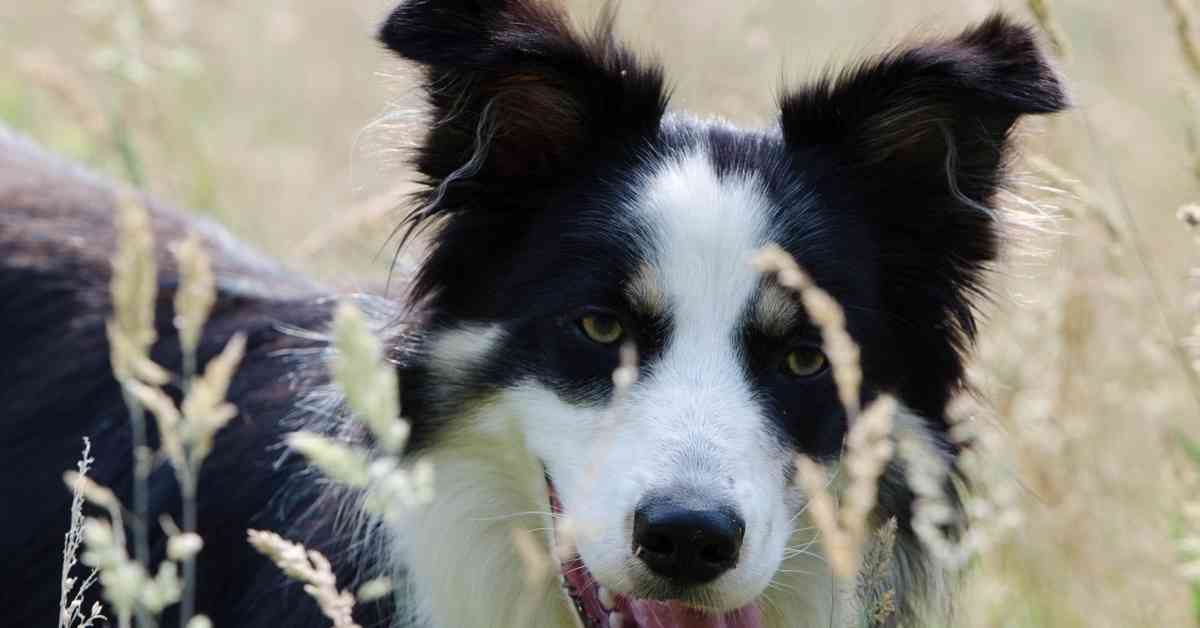Updated November 29, 2020
Every Springtime my little Loki starts to show the signs of his allergies. From then until after Christmas I have to work hard to keep him comfortable.
He’s not alone; every day we see dogs like Loki. We call this condition atopic dermatitis or atopy.
Allergies look so different in dogs that most of the time their owners aren’t aware what the problem is.
Signs Of Atopic Dermatitis
Dogs with atopy typically get skin problems. These include:
- Red, itchy skin in the groin, armpits and under the tail
- Frequent scratching of the flanks and muzzle
- Hair loss
- Ear infections
- Foot licking and interdigital dermatitis
- Secondary bacterial and yeast infections
Most skin allergies start sometime in the first year of a pet’s life. Once they begin they usually get worse up to around four years of age. In contrast, food allergies can happen at any age and are typically more severe.
What Causes Atopy In Dogs?
The following table shows the positive reactions in 1000 dogs to intradermal allergy testing at a veterinary dermatology clinic in Melbourne. These results should also apply to dogs in Adelaide.
A quick look shows that dust mites are the overwhelmingly common reaction (marked as “a” and “b” at different test strengths).
| ALLERGEN | PERCENT OF ALLERGIC DOGS |
|---|---|
| D farinae a dust mite | 64.5 |
| D pteronysinnus a dust mite | 47.5 |
| D farinae b dust mite | 33.6 |
| Yellow dock weed | 26.5 |
| Melaleuca bush | 19.2 |
| English Couch grass | 17.7 |
| Wheat grass | 17.7 |
| Rough pigweed | 16.6 |
| Sweet Vernal grass | 16.3 |
| Peppercorn tree | 15.8 |
| Mexican tea weed | 15.6 |
| Plantain weed | 15.3 |
| Fat hen weed | 14.9 |
| Privet bush | 14.2 |
| D pteronysinnus b dust mite | 13.8 |
| Short ragweed | 13.4 |
| Cocksfoot grass | 13.2 |
| Prairie grass | 12.7 |
| Elm tree | 11.6 |
| Perennial rye grass | 11.6 |
| Kentucky blue grass | 11.5 |
| Couch grass | 11.4 |
| Oat grass | 11.3 |
| Eucalyptus tree | 11.2 |
| Paspalum grass | 11.2 |
| Red sorrel grass | 11.1 |
| Wattle | 10.7 |
| Yorkshire fog grass | 10.5 |
| Palm tree | 10.4 |
| Bent grass | 10.3 |
| Pine tree | 10.2 |
| Penicillium mould | 10.1 |
| Perennial ragweed | 10.1 |
| Birch tree | 10 |
| Canary grass | 9.8 |
| Casuarina tree | 9.8 |
| Dandelion weed | 8.9 |
| Aspergillus mould | 6.4 |
| Cladosporium mould | 5.1 |
| Alternaria mould | 4 |
Before you wage war on dust mites, it’s considered impossible to reduce dust mite allergen levels enough to stop the symptoms of allergy. That is, unless you keep dogs outside without bedding or coats. You’re welcome to rip up the carpets and replace soft furniture but it won’t completely fix the problem. Here’s what may help:
What to do for dust mite allergy in dogs
- Reduce access to soft furnishings and carpets
- Use beds with smooth coverings (my choice is pictured)
- Use dust mite covers or throws for where your dog sleeps
- Clean bedding weekly in hot water and hang in sunshine
- Vacuum carpet and lounge chairs weekly
- DON’T use insecticides or dust mite killers
The other common causes are various plants. These can’t be identified without intradermal testing but here are some general ideas for dogs that react after exposure to grasses:
What to do for grass allergies in dogs
- Limit access to grassed areas during the dog’s allergy season
- Wipe down or bath your dog after exercise
- Keep grass well-maintained
- Avoid access for 24 hours after mowing (saps contain allergen)
How To Treat Allergies In Dogs
There’s a lot you can do, and a lot your vet can do. Please visit our pages on:
- Home care tips for allergic dogs (most also applicable to cats).
- How your vet treats allergic dermatitis.
- An 8-step plan for treating itchy dogs.
Allergy testing can be used to modify your dog’s environment. If you’re lucky it will identify a plant you can remove. However, airborne pollens travel a long way so the main point of allergy testing is usually to plan desensitisation injections.
If you are interested, these tests are available via referral to a veterinary dermatologist here in Adelaide. However, they are meaningless if your local vet hasn’t ruled out the other common causes of itching first, including using food trials discussed here.
More reading on allergies
P. B., & DeBoer, D. J. (2001). The ACVD task force on canine atopic dermatitis (IV): environmental allergens. Veterinary Immunology and Immunopathology, 81(3), 169-186.
Mueller, R. S., Bettenay, S. V., & Tideman, L. (2000). Aero‐allergens in canine atopic dermatitis in southeastern Australia based on 1000 intradermal skin tests. Australian veterinary journal, 78(6), 392-399.
Proverbio, D., Perego, R., Spada, E., & Ferro, E. (2010). Prevalence of adverse food reactions in 130 dogs in Italy with dermatological signs: a retrospective study. Journal of Small Animal Practice, 51(7), 370-374.
Have something to add? Comments (if open) will appear within 24 hours.
By Andrew Spanner BVSc(Hons) MVetStud, a vet in Adelaide, Australia. Meet his team here.

